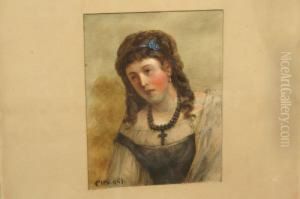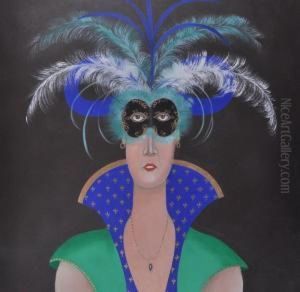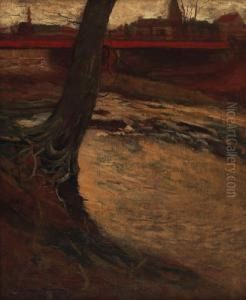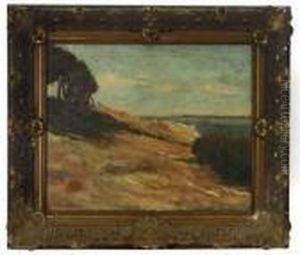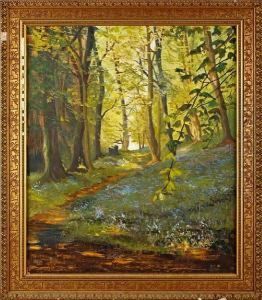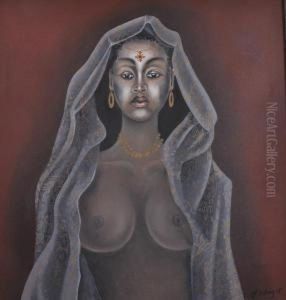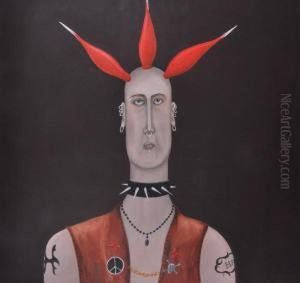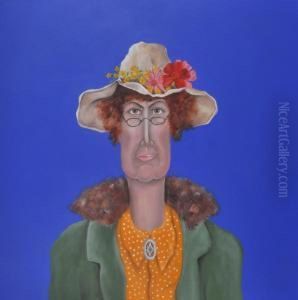J. Wright Paintings
Joseph Wright, commonly known as Joseph Wright of Derby, was an English landscape and portrait painter who has been acclaimed as the first professional painter to express the spirit of the Industrial Revolution. Wright is notable for his use of chiaroscuro effect, which emphasizes the contrast of light and dark, and for his paintings which feature scientific subjects. Born in Derby, England, around 1734, Wright was the son of an attorney and was raised in a well-to-do household. He trained as a portrait painter in London under Thomas Hudson in the 1750s and later developed a style that was strongly influenced by the work of Dutch painters and by the burgeoning enlightenment philosophy of his time.
Wright returned to Derby after his training and spent most of his career there, though he also traveled to Italy from 1773-1775, where he was deeply inspired by the works of the Old Masters and the dramatic light of the Italian landscape. His experiences in Italy had a significant impact on his subsequent work, particularly in his use of light in his paintings.
Wright is best known for his paintings that depict scenes of industry and science, such as 'An Experiment on a Bird in the Air Pump' (1768) and 'The Alchemist Discovering Phosphorus' (1771). These works reflect the changes in society brought about by the Industrial Revolution and highlight Wright's interest in the scientific experiments that were popular among the intellectuals of his time. He was closely associated with some of the leading figures of the Midlands Enlightenment, including Erasmus Darwin and Josiah Wedgwood.
In addition to his scientific paintings, Wright produced a number of striking landscapes, portraits, and scenes of Italian life. His work is characterized by dramatic effects of light and shadow and a strong sense of realism. Despite the fact that Wright's contribution to art was significant, his reputation was somewhat overshadowed by his contemporaries in London, and he did not achieve the same level of fame as some of his peers during his lifetime.
Wright died in 1797 in Derby. His work has since gained recognition for its unique place in 18th-century British art, particularly as an early reflection of the industrial landscape. Wright's paintings are held in several major museums and galleries around the world, including the Tate Gallery in London, the Metropolitan Museum of Art in New York, and the Derby Museum and Art Gallery in his hometown.
